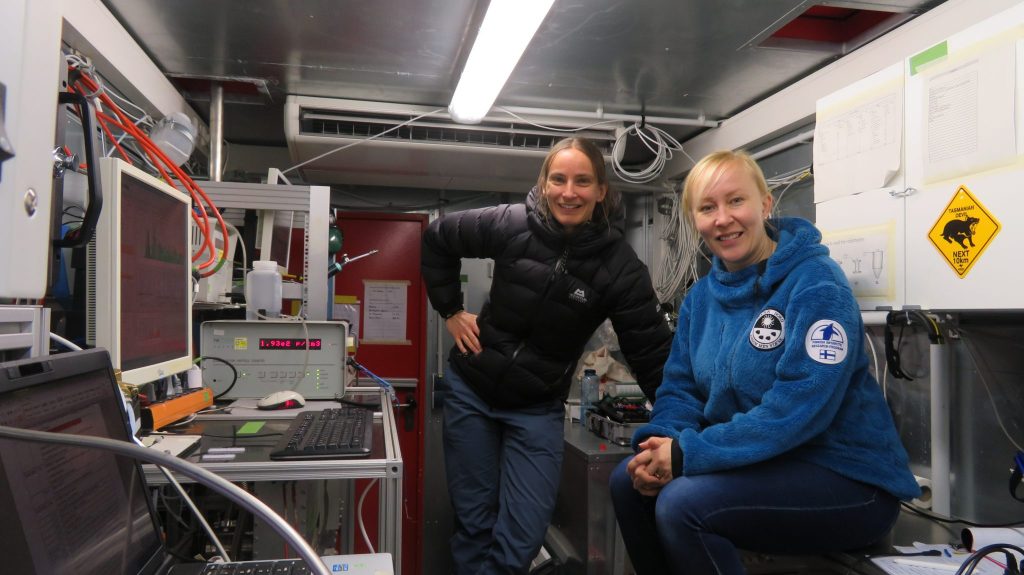MOSAiC Leg 3 – Part 5 of 5
by Julia Schmale
The journey south was anticipated to be quick, a couple of days only. But due to southerly winds, pressure on the ice was so high that breaking through was difficult. In the end it took two and a half weeks to our rendezvous point near Longyearbyen…
Patience was the most important lesson MOSAiC leg 3 taught us. It all began with a very long journey through the dark winter Arctic. And it ended with a relatively long journey south. Progress was sometimes only a few kilometers per day. Particularly in the beginning. It was almost ironic: after the quick and efficient pack-up of the floe, we were unable to leave it. For several days, we kept seeing the flags of the central observatory when looking out the window.

Even though many of us were eager to meet our colleagues of leg 4 in Svalbard and hand over, it was no disadvantage to make only slow progress. It all gave us time to start digesting the many experiences of leg 3 and to take time to sit down and talk with our colleagues and friends. Often, while working on the floe, days seemed too short and just flew by. There was too little time to reflect. Also, work did not completely stop. Team ATMOS, for example, was still running most of their instruments in the containers on the ship and the weather balloons were also still launched.
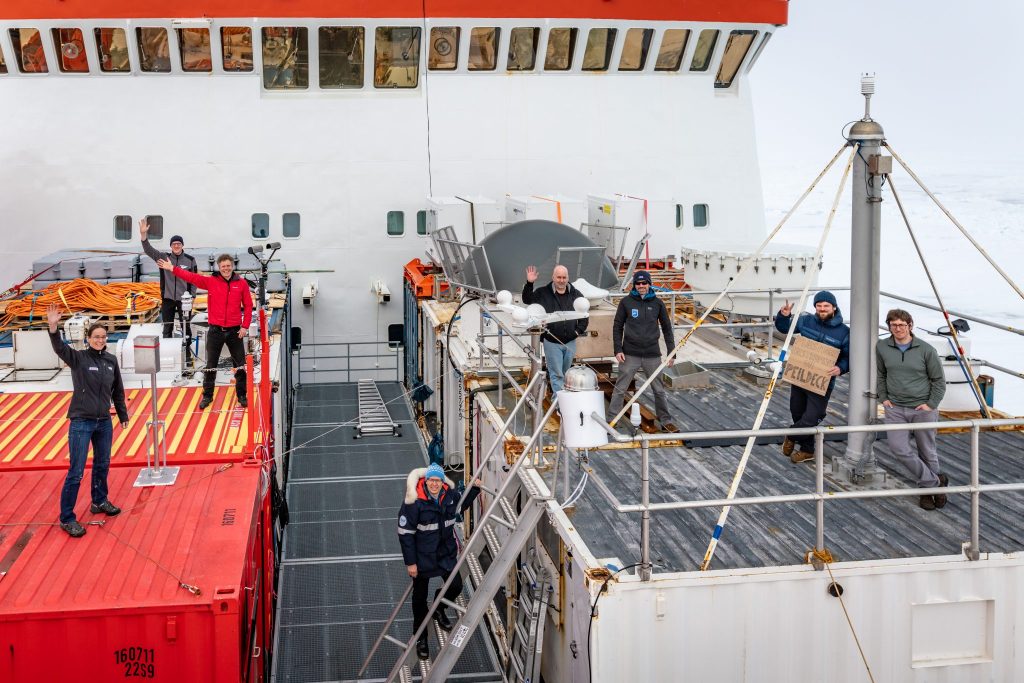
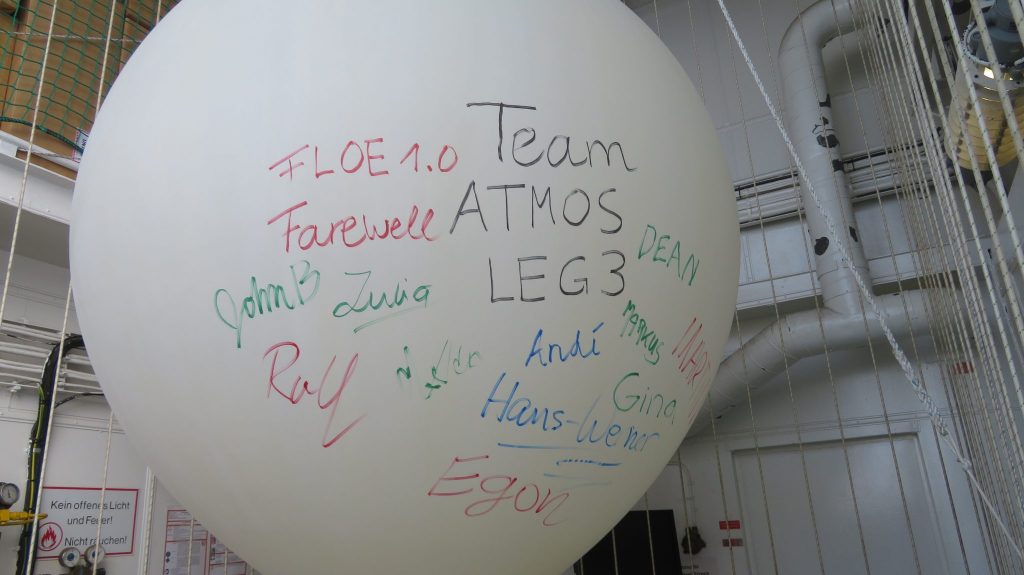
Moving slowly through the ice allowed us to see the variability of the Arctic landscapes, i.e. other scenes compared to the view from “our” floe. Also fog came up, which is typical for the early summer Arctic, and a perfect condition to study aerosol-cloud interactions with our set-up in the measurement container.
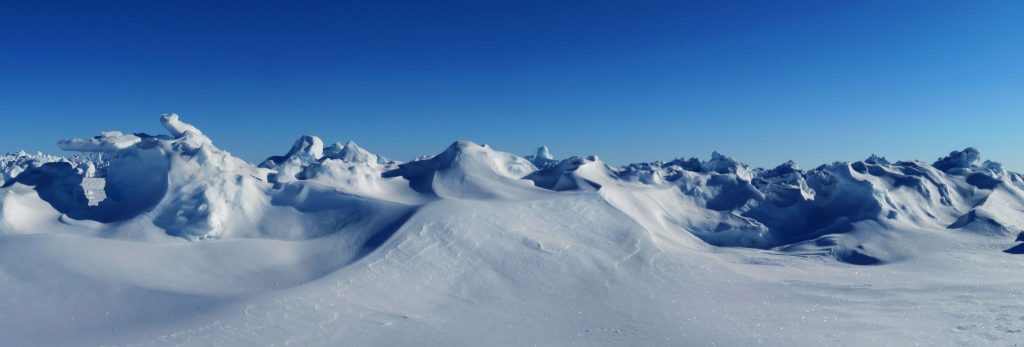

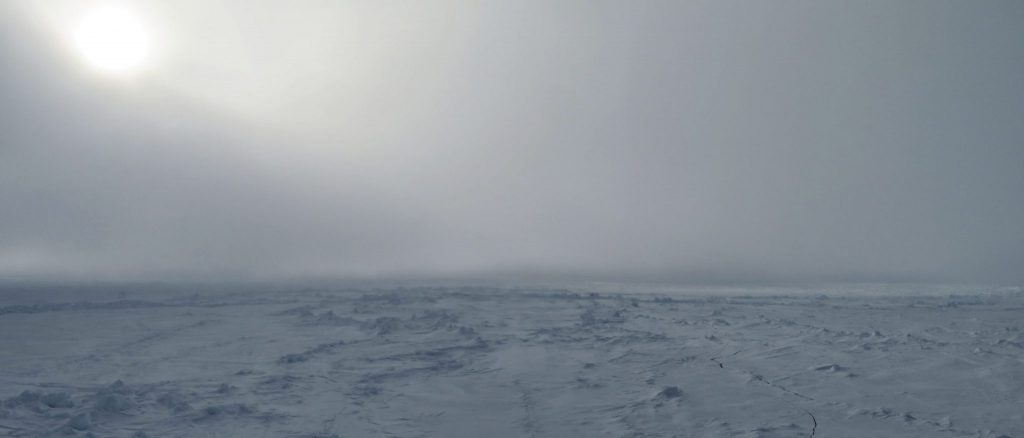
After a couple of days, the first melt ponds started occurring and significantly reduced surface albedo. Much of the snow on top of the ice carried sediments, likely from the Barents Sea, where the ice had originally been formed. Ice watch was established again, where every hour observations of the ice situation and characteristics were recorded.
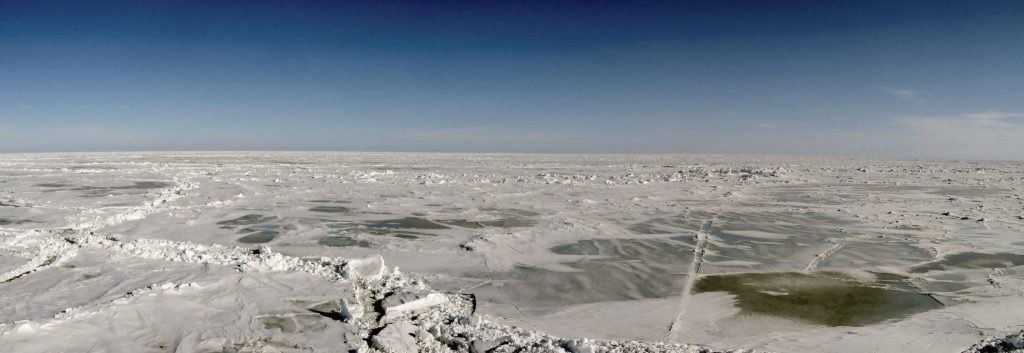
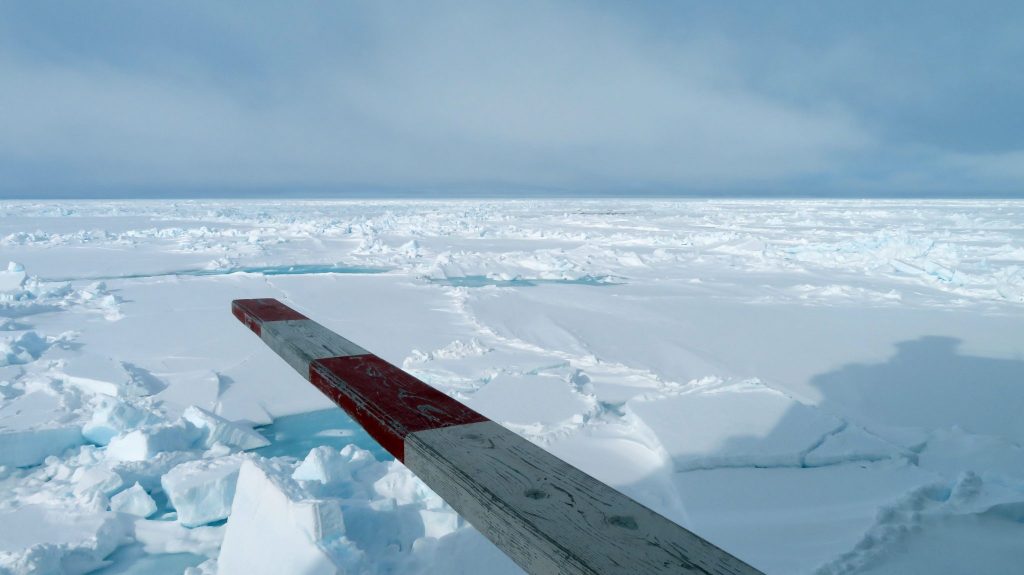
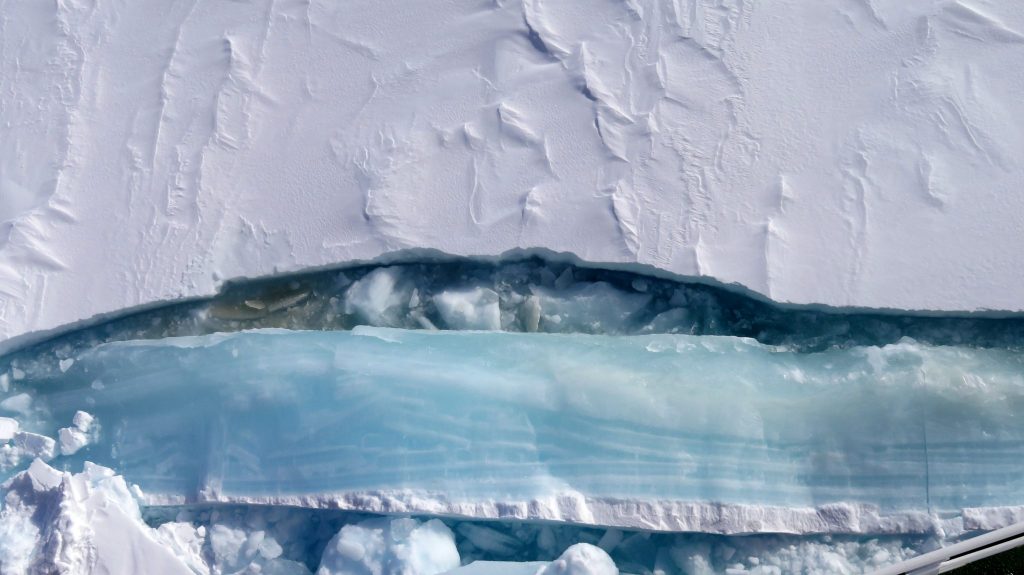
A bit further south even, life came back. Had we seen a couple of birds, a seal, one polar bear and one fox while being at the MOSAiC floe, we were now followed by swarms of birds who smelled the fumes of the ocean (dimethyl sulfide) after the ice had been broken by Polarstern. Also, microbiology was visibly active along the way, tainting the ice green and brown.
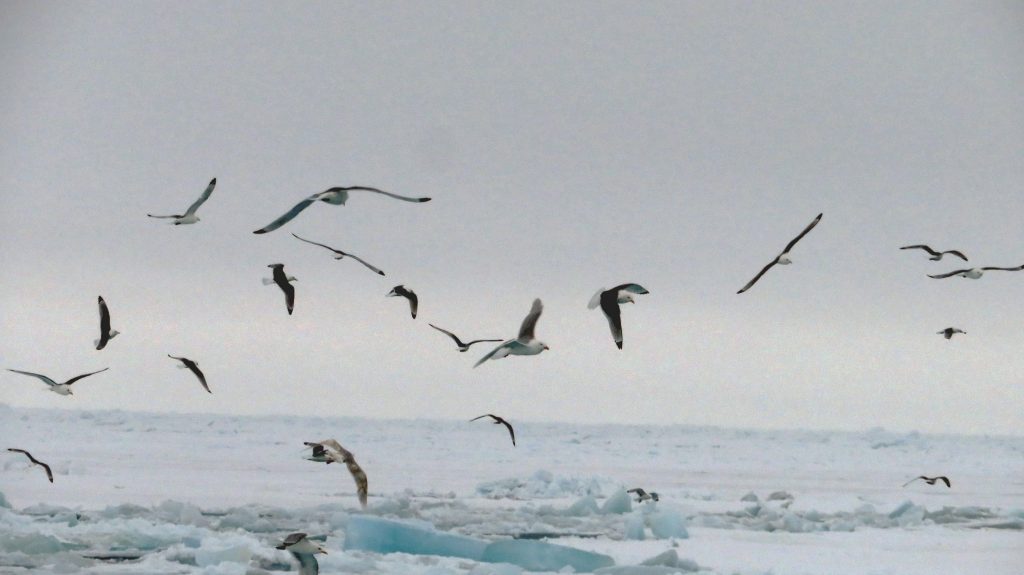
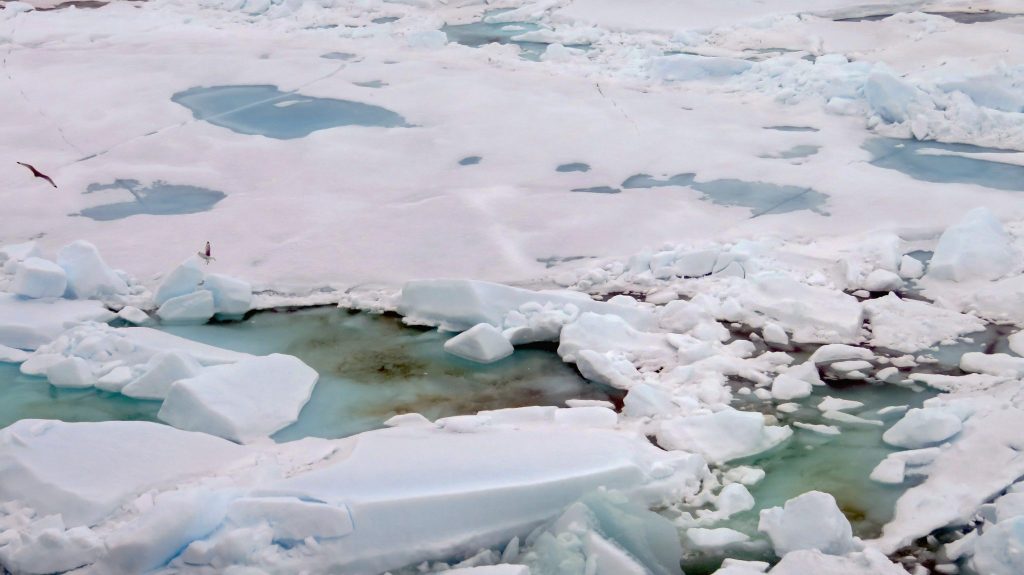
We were also lucky to see more polar bears, albeit from some distance.
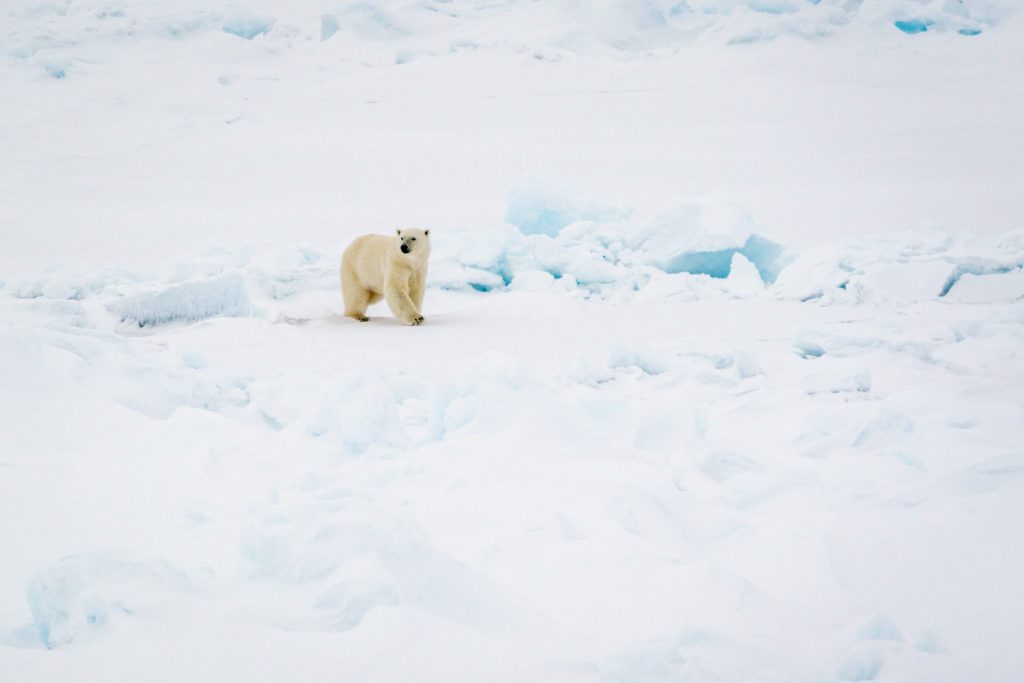
On 2 June shortly before midnight, we reached the marginal ice zone (MIZ), a narrowly defined area as we had seen on satellite images before. Once we entered the MIZ, it just took about one day to meet the research vessels Sonne and M.S. Merian in Adventfjorden near Longyearbyen.
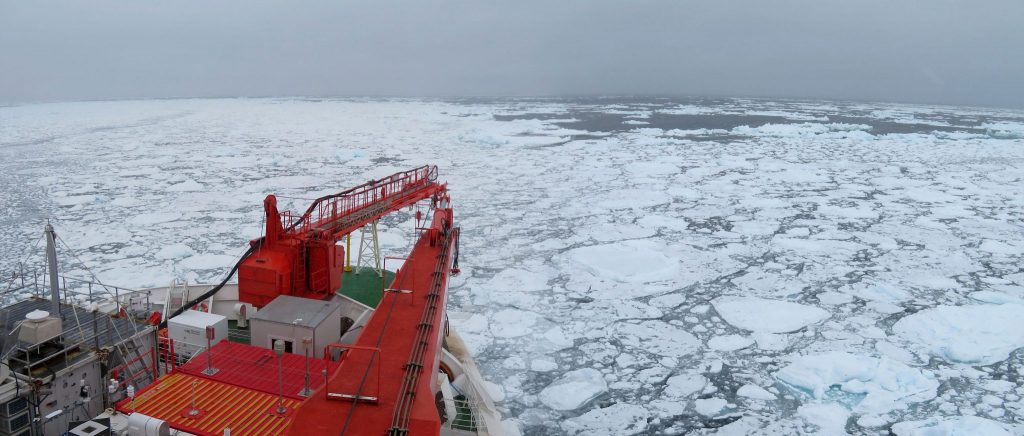

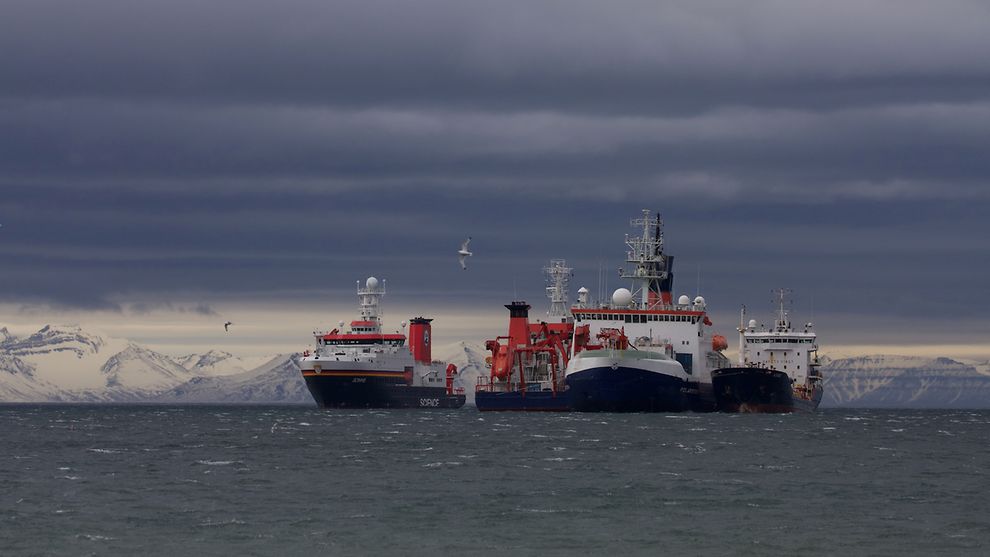
With the ships more or less alongside, we had five days time for a proper handover.
